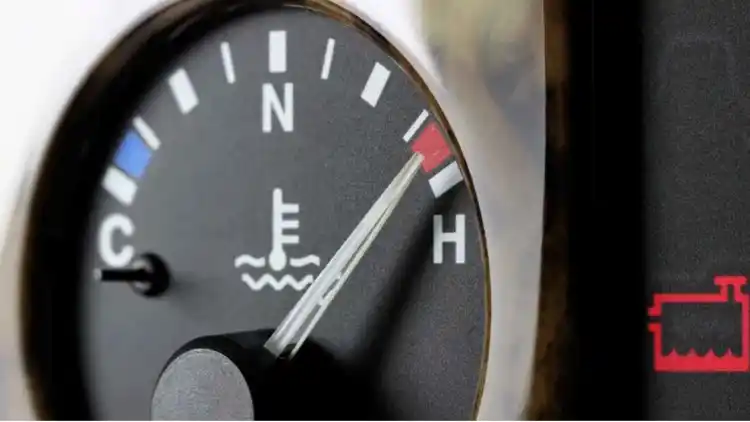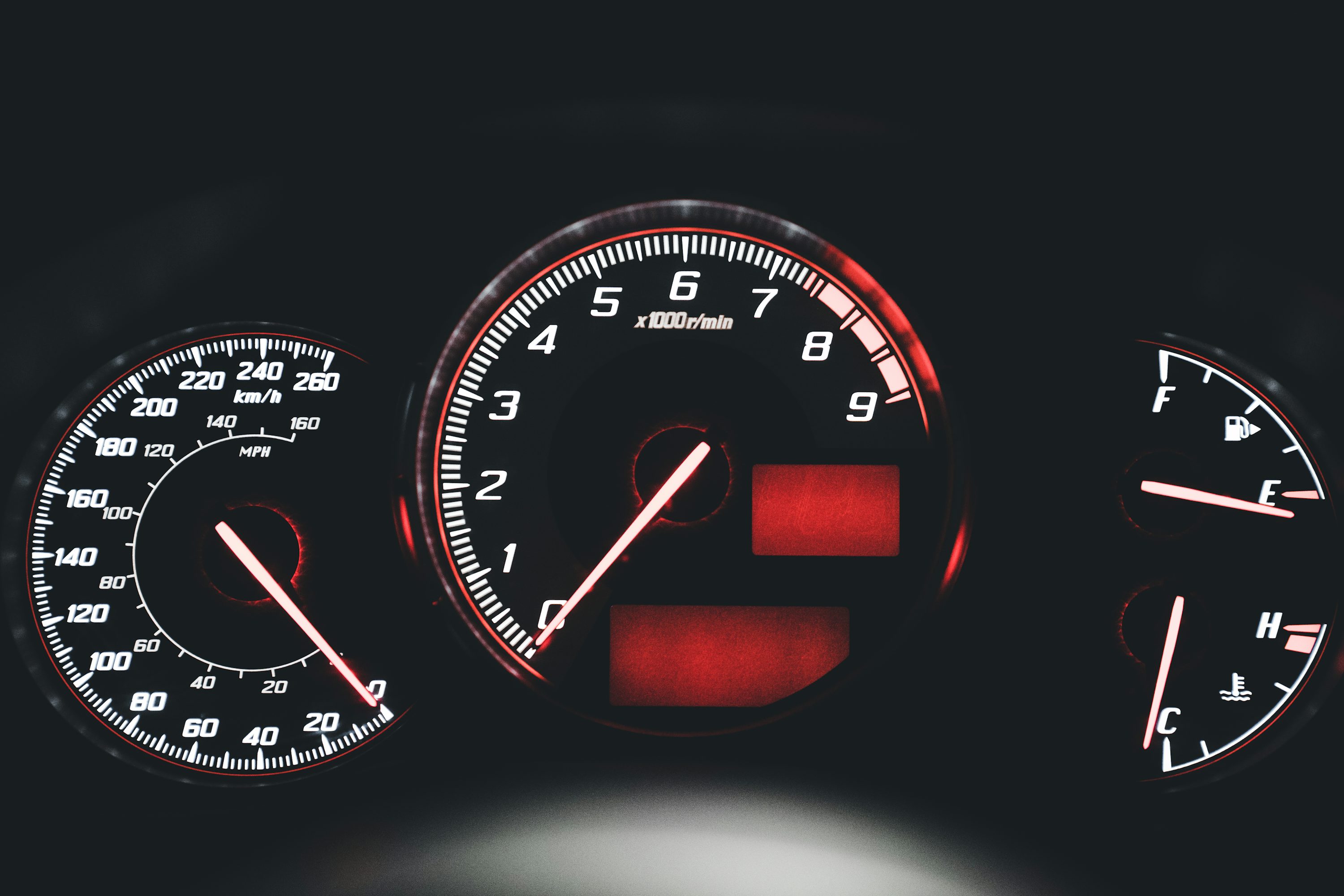- Understanding Pajero's Fuel Efficiency
- 5 Practical Ways to Boost Your Pajero's Mileage
- Weight Management for Better Pajero Mileage Per Liter
- Mitsubishi Pajero's Fuel-Efficiency Technology
- FAQ
If you're concerned about your Mitsubishi PajeroUAE Mitsubishi PajeroKSA Mitsubishi PajeroOman Mitsubishi PajeroQatar Mitsubishi PajeroBahrain Mitsubishi PajeroEgypt Mitsubishi PajeroKuwait Mitsubishi Pajero's fuel economy, rest assured that there are plenty of ways to maximize its performance. Whether you're cruising through the city or embarking on a long road trip, keeping an eye on your Pajero's mileage per liter is key to reducing fuel costs and improving efficiency. Here's everything you need to know about optimizing your Pajero fuel average, including practical tips and insights.
Understanding Pajero's Fuel Efficiency
Real-World Mileage: Pajero Fuel Consumption Insights
When you drive your MitsubishiUAE MitsubishiBahrain MitsubishiKSA MitsubishiKuwait MitsubishiOman MitsubishiQatar MitsubishiEgypt Mitsubishi Pajero around the city, with all the stops and starts, finding good fuel efficiency can be tricky. Current Pajero models typically achieve:

City Driving: In city traffic, where you often stop and go, your Pajero might give you about 8 to 10 kilometers for every liter of fuel. This figure can change based on how much traffic you encounter.
Highway Driving: On the open highway, driving steadily is different. Here, your Mitsubishi Pajero can often do much better, typically getting around 10 to 12 kilometers per liter. This is where Pajero's mileage per liter generally shines.
Towing or Heavy Loads: If you’re pulling a heavy trailer, or if your Pajero is loaded with lots of gear, the engine works harder. This usually means your fuel consumption goes up, often dropping to 7 to 9 kilometers per liter. Understanding your Pajero’s mileage per liter helps you plan your trips. It also affects how much you spend on fuel, whether you’re filling up in Dirhams (AED) or Saudi Riyals (SAR).
Factors Affecting Pajero Sport Mileage
Many things can change your Pajero's fuel consumption. Here are some of the most important ones:
Engine Type (Gasoline vs. Diesel Variants): Mitsubishi Pajero vehicles come with different engine types. Some run on gasoline, and others use diesel fuel. Generally, diesel engines are known to be more fuel-efficient, especially on longer drives. They often give you more kilometers per liter compared to their gasoline counterparts due to how they burn fuel.
Transmission Choice (Automatic vs. Manual): Your Pajero's gearbox also plays a role. Automatic transmissions are convenient because they shift gears for you. However, manual transmissions, when used well, can sometimes offer slightly better fuel economy because you have more control over gear shifts. Smooth shifting can really improve your fuel consumption.
Terrain and Road Conditions: Driving uphill or on rough, unpaved roads uses more fuel than cruising on a flat, smooth highway. Think about rocky paths versus open roads. The type of terrain and the condition of the road your Pajero travels on directly impact its fuel efficiency.
Maintenance Schedule Adherence: Keeping your Pajero in top shape is super important. Following the manufacturer's recommended maintenance schedule helps keep your engine running smoothly. Regular oil changes, air filter replacements, and checking spark plugs can all prevent your engine from working harder than it needs to, which saves fuel.
5 Practical Ways to Boost Your Pajero's Mileage
Making small changes to how you drive and care for your Pajero can lead to big savings on fuel. Here are some easy tips:

Smart Driving Habits
Your driving style has a huge impact on your Pajero's mileage per liter. Drive smarter, not harder!
Maintain Steady Speeds (Use Cruise Control on Highways): When you drive your Pajero at a steady speed, especially on highways, you help the engine work less. Using cruise control for long stretches keeps your speed stable and avoids constant changes. This smooth driving style is a big win for your Pajero's mileage per liter.
Avoid Sudden Acceleration and Hard Braking: Pushing the gas pedal down fast to speed up, or slamming on the brakes, wastes a lot of fuel. It makes your Pajero's engine work overtime. Instead, try to speed up gently and slow down gradually. This 'smooth' way of driving can really help your fuel efficiency.
Shift Gears Smoothly (Manual Transmission Models): If you drive a Pajero with a manual gearbox, knowing when to shift gears is key. Shifting too late or too early can make the engine use more fuel. Try to shift at the right engine speed, keeping RPMs (revolutions per minute) in the efficient zone. This keeps your fuel consumption lower.
Plan Your Trips: Thinking ahead about your route can cut down on stop-and-go traffic. Less stopping means less fuel wasted. Combining short trips into one longer journey also helps. This way, your engine reaches its best operating temperature and stays there, which is good for fuel economy.
Limit Idling: 'Idling' means your engine is running but your Pajero isn't moving. This burns fuel for no reason. If you're going to be stopped for more than a minute, it's often better to switch off your engine. This simple act saves fuel and helps your Pajero's mileage per liter.
Maintenance Must-Dos
Keeping your Pajero well-maintained is like giving it a regular healthy check-up. This list covers key maintenance tasks that directly affect your fuel economy:
Air Filter Change: Your Pajero's engine needs to breathe clean air. A dirty air filter makes the engine work harder to pull in air, which uses more fuel. Changing it every 15,000 kilometers, or even more often if you drive in dusty areas, can improve your fuel efficiency by up to 10%. It's a simple fix that makes a big difference for your Pajero's fuel consumption.
Tire Pressure and Rotation: Keeping your tires properly inflated and rotating them regularly is crucial. Under-inflated tires increase rolling resistance, meaning your engine has to work harder. Properly inflated tires can boost your fuel efficiency by 2-3%. Rotating them every 10,000 kilometers ensures even wear, which also helps with overall fuel usage. Always check your tire pressure monthly!
Engine Oil Change: Engine oil keeps parts moving smoothly inside your Pajero's engine. Old, dirty oil or the wrong type of oil can make your engine less efficient. Follow your Mitsubishi Pajero's manufacturer schedule for oil changes. Using the correct type of engine oil helps maintain optimal performance and ensures your Pajero's mileage per liter stays as good as possible.
Spark Plug Check/Replacement: Spark plugs ignite the fuel-air mix in your engine. If they're worn out or dirty, the combustion might not be complete, wasting fuel. Checking and replacing spark plugs as recommended can keep your engine running smoothly and efficiently, making sure you get the best fuel economy from your Pajero.
Wheel Alignment: Proper wheel alignment ensures your tires point straight ahead. If your wheels are out of alignment, tires can drag, which forces your engine to work harder. Getting your wheels aligned, especially after hitting a big pothole, can prevent unnecessary fuel consumption.
If you'd like to learn more about the Mitsubishi Pajero, you can click on this article.
Weight Management for Better Pajero Mileage Per Liter
Every extra kilogram your Pajero carries means its engine has to work harder. Less weight equals better fuel economy!
Remove Unnecessary Roof Racks: Roof racks look cool, but when they're empty, they create wind drag. This means your Pajero has to push harder through the air, using more fuel. If you're not using it, take it off. This simple step can improve your Pajero's mileage per liter, especially on highways.
Clear Trunk Clutter: Many of us carry things in the trunk we don't really need. Take out those old tools, sports gear, or anything else that just adds weight. A lighter Pajero uses less fuel. Make a habit of emptying your trunk regularly.
Use Lightweight Cargo Solutions: When you do need to carry things, think about how you pack. Use light containers, and only bring what's truly essential. If you often haul heavy items, consider if there's a lighter alternative. Every bit of weight reduction helps your fuel consumption.
Consider Fuel Level: While you always need fuel, carrying a full tankUAE TankKSA TankKuwait TankQatar TankOman TankBahrain TankEgypt Tank can add significant weight. For short trips around the city, you might consider only filling up half a tank instead of all the way full. Less weight equals slightly better fuel efficiency for your Pajero.
Mitsubishi Pajero's Fuel-Efficiency Technology
Modern Mitsubishi Pajero vehicles often include smart technologies designed to make them more fuel-efficient. These features help you get the most out of every liter.
Engine Innovations
Pajero's engines keep getting better, thanks to clever new designs:
Improved Combustion Efficiency: Modern Pajero engines are designed to burn fuel more completely. This means less fuel is wasted. Engineers use advanced fuel injection systems and combustion chamber designs to get more power from every drop of fuel. This careful engineering directly boosts your Pajero's mileage per liter.
Eco-Mode Driving Assistance: Many newer Pajero models come with an 'Eco Mode' button. When you push this button, the car's computer adjusts engine and transmission settings. It makes the accelerator less sensitive and changes gear shift points to encourage more fuel-efficient driving. It's like having a built-in guide for better fuel consumption.
Stop-Start Technology (Selected Models): Some advanced Pajero models feature stop-start technology. This clever system automatically turns off your engine when your vehicle is stopped, like at traffic lights or in heavy traffic. As soon as you lift your foot off the brake, the engine restarts quickly and smoothly. This saves fuel that would otherwise be wasted idling, significantly improving your Pajero's mileage per liter in city driving.
Aerodynamic Improvements
The shape of your Pajero also helps it cut through the air more easily, saving fuel:
Streamlined Body Design: The shape of your Pajero matters when it comes to cutting through the air. Modern Mitsubishi Pajero vehicles feature smoother lines and a more streamlined body design than older models. This helps reduce 'aerodynamic drag,' which is basically air pushing against the car. Less drag means the engine doesn't have to work as hard, which saves fuel.
Active Grille Shutters: Some current Pajero versions use active grille shutters. These are moving flaps in the front grille. When the engine doesn't need extra cooling, the shutters close. This makes the front of the car smoother, improving airflow over the vehicle and reducing drag. When the engine needs cooling, they open. It's a smart way to manage airflow and improve fuel consumption.
Underbody Covers: Look underneath your Pajero and you might see smooth covers. These aren't just for protection. They help manage the airflow under the vehicle, making it smoother and reducing turbulence. Less turbulence underneath means less drag on the car as a whole, again leading to better Pajero mileage per liter.
FAQ
Here are some common questions about Pajero fuel efficiency:
Q:Does diesel version offer better mileage than gasoline?
A: Generally, yes. Diesel Pajero variants are often more fuel-efficient than gasoline models. You can typically expect 1 to 2 kilometers more per liter with a diesel engine, especially when you're driving on the highway. This is mainly because diesel fuel has more energy per liter and diesel engines are designed differently for efficiency.
Q:Can tire pressure affect fuel consumption?
A: Absolutely! Proper tire pressure is vital for good fuel economy. If your tires are under-inflated, they create more friction with the road. This makes your Pajero's engine work harder, using more fuel. Keeping your tires at the recommended pressure can improve your Pajero's mileage per liter by up to 3%. Make sure to check your tire pressure at least once a month, including the spare!
Q:Is hybrid Pajero available for better efficiency?
A: While hybrid car options are becoming more common in other vehicle types, a full hybrid Pajero might not be widely available in all markets as of now. Some versions or similar Mitsubishi SUVs might offer hybrid options. However, even without a hybrid system, conventional Mitsubishi Pajero models remain very popular. They offer a great balance of power, off-road ability, and acceptable fuel efficiency for their size. If fuel efficiency is your top priority, researching the latest 'current models' and their specific Pajero mileage per liter figures is wise. Technologies are always changing!
Read More:
2025 FJ Cruiser Tank Capacity: Mastering Fuel Efficiency
Hyundai Prepares to Enter the Pickup Truck Market: Ambitious Plans and Fierce Competition Ahead
2025 Honda Civic Engine Size Ultimate Guide
2 / 6














